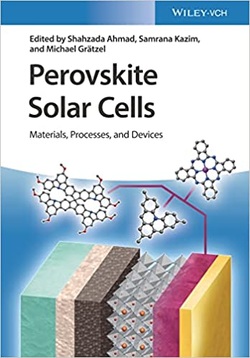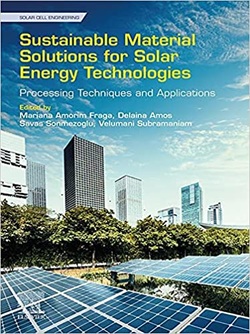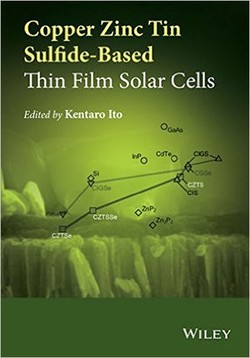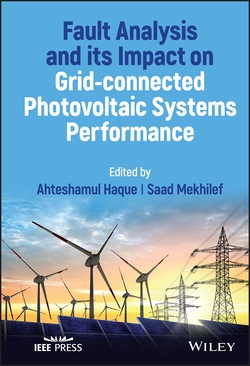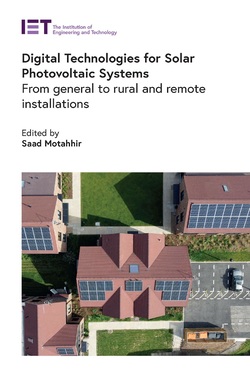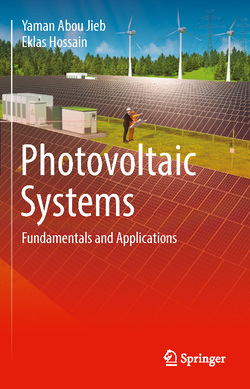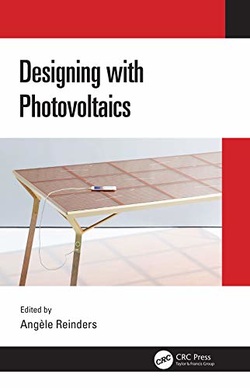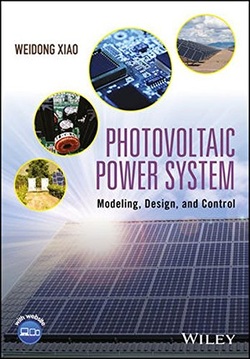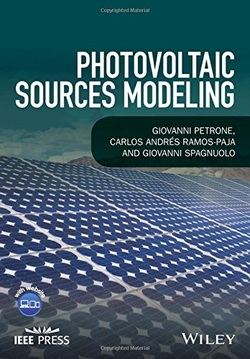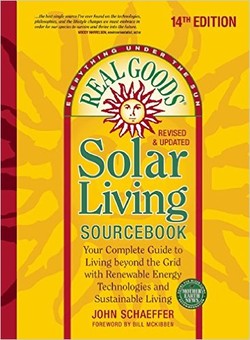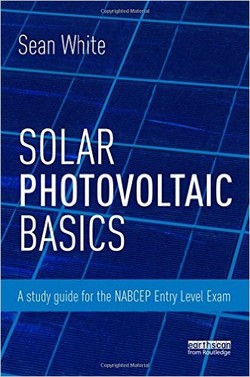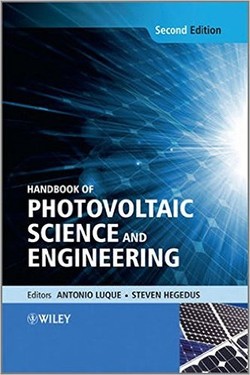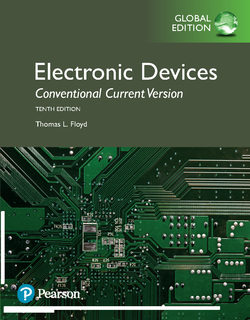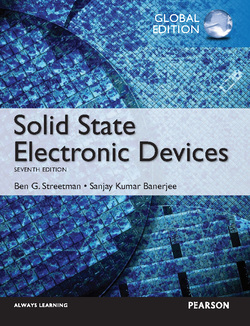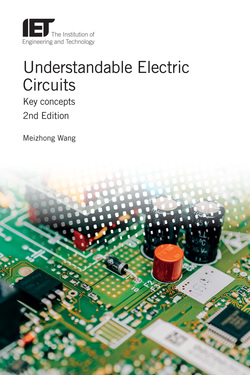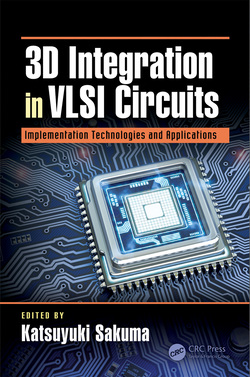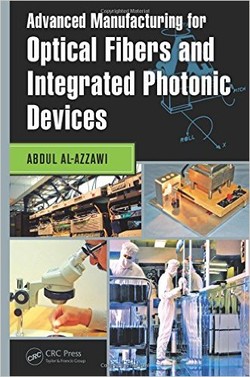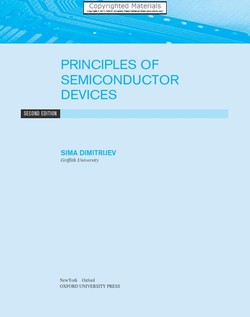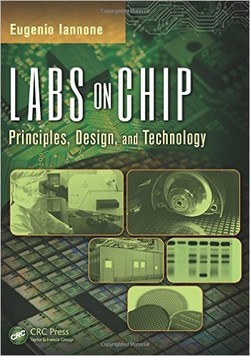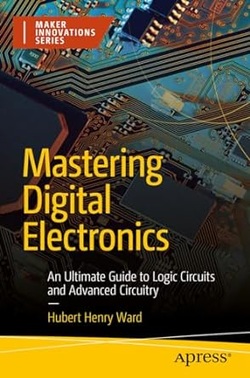سلولهای خورشیدی آلی
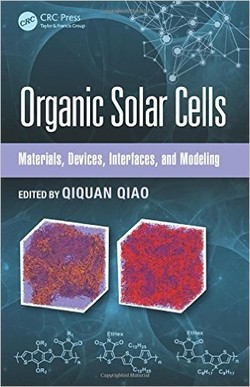
کتاب “سلولهای خورشیدی آلی” یک درک عمیق از وضعیت فعلی هنر فناوری سلولهای خورشیدی آلی را فراهم میکند.
این متن جامع با پوشش طیف گستردهای از مواد، مدلسازی و شبیهسازی سلولهای خورشیدی آلی و فیزیک دستگاه و مهندسی شامل موارد زیر میباشد:
 بحث درباره لایه فعال، سطحی و مواد الکترود شفاف
بحث درباره لایه فعال، سطحی و مواد الکترود شفاف
 شرح چگونگی ارتباط پارامترهای سنتز با مورفولوژی و لایه حساس به نور با استفاده از شبیهسازی دینامیک مولکولی
شرح چگونگی ارتباط پارامترهای سنتز با مورفولوژی و لایه حساس به نور با استفاده از شبیهسازی دینامیک مولکولی
 آگاهیسازی درباره مورفولوژی اتصال و رابطهای انتقال بار در سلولهای خورشیدی آلی.
آگاهیسازی درباره مورفولوژی اتصال و رابطهای انتقال بار در سلولهای خورشیدی آلی.  کاوش دینامیکهای حامل photoexcited، وضعیتهای ناقص، مهندسی رابط و تفکیک nanophase
کاوش دینامیکهای حامل photoexcited، وضعیتهای ناقص، مهندسی رابط و تفکیک nanophase
 پوشش هیبریدهای معدنی-آلی، ساختار پشت سر هم و سلولهای خورشیدی پلیمری مبتنی بر گرافین
پوشش هیبریدهای معدنی-آلی، ساختار پشت سر هم و سلولهای خورشیدی پلیمری مبتنی بر گرافین
این متن جامع با پوشش طیف گستردهای از مواد، مدلسازی و شبیهسازی سلولهای خورشیدی آلی و فیزیک دستگاه و مهندسی شامل موارد زیر میباشد:
سال انتشار: 2015 | 426 صفحه | حجم فایل: 30 مگابایت | زبان: انگلیسی
Organic Solar Cells: Materials, Devices, Interfaces, and Modeling (Devices, Circuits, and Systems)
نویسنده
Qiquan Qiao
ناشر
CRC Press
ISBN10:
1482229838
ISBN13:
9781482229837
قیمت: 16000 تومان
برچسبها: انرژی خورشیدی سلول خورشیدی
Current energy consumption mainly depends on fossil fuels that are limited and can cause environmental issues such as greenhouse gas emissions and global warming. These factors have stimulated the search for alternate, clean, and renewable energy sources. Solar cells are some of the most promising clean and readily available energy sources. Plus, the successful utilization of solar energy can help reduce the dependence on fossil fuels. Recently, organic solar cells have gained extensive attention as a next-generation photovoltaic technology due to their light weight, mechanical flexibility, and solution-based cost-effective processing.
Organic Solar Cells: Materials, Devices, Interfaces, and Modeling provides an in-depth understanding of the current state of the art of organic solar cell technology. Encompassing the full spectrum of organic solar cell materials, modeling and simulation, and device physics and engineering, this comprehensive text:
Discusses active layer, interfacial, and transparent electrode materials
Explains how to relate synthesis parameters to morphology of the photoactive layer using molecular dynamics simulations
Offers insight into coupling morphology and interfaces with charge transport in organic solar cells
Explores photoexcited carrier dynamics, defect states, interface engineering, and nanophase separation
Covers inorganic–organic hybrids, tandem structure, and graphene-based polymer solar cells
Organic Solar Cells: Materials, Devices, Interfaces, and Modeling makes an ideal reference for scientists and engineers as well as researchers and students entering the field from broad disciplines including chemistry, material science and engineering, physics, nanotechnology, nanoscience, and electrical engineering.

